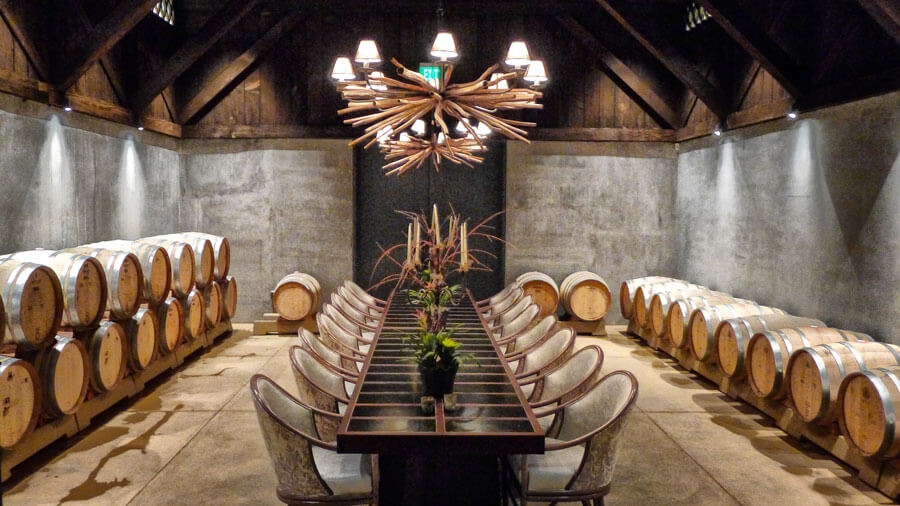Choosing the Right ISO Affects Exposure (and Noise) Too
Today’s Post by Joe Farace
Setting ISO speed (International Standards Organization) is a standard method for quantifying film’s—hold on digital’s coming—sensitivity to light. Lower numbers, such as 50 or 100, represent less sensitivity; while higher numbers, such as 800 or 1600, show that a film is more light sensitive.
While it may say so in the menus, digital cameras do not have a true ISO speed, which is why you’ll often see the term “ISO Equivalent” tossed around in camera specifications. Camera manufacturers have developed technologies that make imaging sensors respond similar to the way that film responds to light. Digital cameras typically offer a range of ISO speeds that varies based on a specific design but most importantly when you set a camera to ISO 400, you can expect a similar response to light that ISO 400 film would produce.
Doing the math: ISO numbers are proportional to their sensitivity to light. As you double or halve an ISO setting, you double or halve the camera sensor’s light sensitivity. Setting 800 ISO produces the affect that your camera is now twice as sensitive to light as it was at 400 and conversely 800 ISO is half as sensitive to light as 1600.
Increasing ISO also increases the amount of accumulative noise a sensor produces. Accumulative noise increases with long exposures made at higher ISO settings. Noise is spread across the frequency spectrum but is more obvious in underexposed areas. Noise varies with color and brightness and is different for every digital camera but blue-channel noise is typically higher than other channels.
For more on digital noise and what to do about read what Mark has to say about the subject but one thing you can take to the bank: Newer generations of mirrorless cameras handles high ISO better than older ones.




